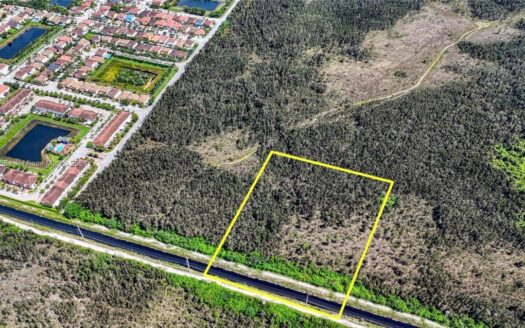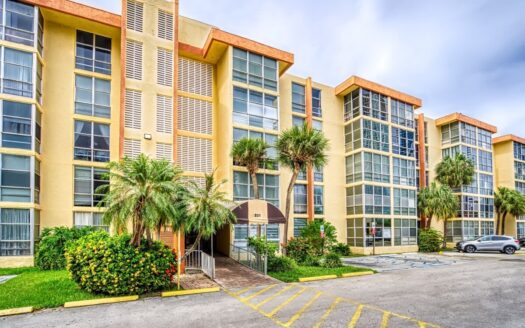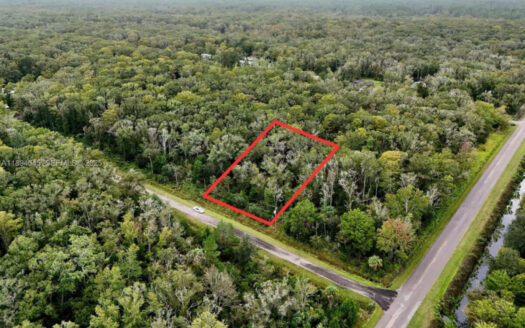How Does Sea Level Rise Affect Land Pricing in Miami?
The Hidden Costs of Coastal Living and land pricing in Miami is being significantly impacted by sea level rise, which is not just a distant concern for future generations; it’s already reshaping the landscape and economy. Over the past 80 years, the sea level has risen about a foot, with an accelerated pace in recent decades. Experts predict that Miami could see another foot of rise in as little as 10 years. This dramatic change is more than just an environmental issue; it’s a real estate game-changer.
The Price of Paradise
Miami’s allure has always been its stunning coastlines and luxurious beachfront properties. However, as the water rises, so do the risks and costs associated with these prime locations. The increasing threat of flooding and storm surges is making many oceanfront properties less attractive and more expensive to insure. This shift has profound implications for land pricing. Areas previously deemed highly desirable are now under scrutiny, and investors are cautious about putting money into properties that could be underwater—literally and financially—in the near future.
Seeking Higher Ground
In response to these changes, there’s a noticeable shift in interest toward higher ground within Miami. Neighborhoods like Little Haiti and Little River, traditionally less affluent areas, are seeing a surge in demand. This phenomenon, often referred to as “climate gentrification,” is driven by the increasing desirability of elevated land, which is less prone to flooding. Developers and buyers are recognizing the long-term value in these higher-altitude areas, leading to rising property prices and new development projects.
YOU MAY BE INTERESTED IN READING THIS BLOG: Warning! The Explosive Impact of New Construction Homes in Florida Keys
The Economic Ripple Effect
The economic impact of rising sea levels extends beyond just property values. As flood risks increase, so do the costs for infrastructure and insurance. Many lower-income residents are finding themselves “trapped” in flood-prone areas without the means to relocate, while wealthier individuals can afford to move to safer, higher ground. This creates a socioeconomic divide, where only a small fraction of the population can escape the worst effects of rising waters. Additionally, the increased costs of maintaining and upgrading infrastructure to cope with frequent flooding put a strain on local governments, which in turn can affect property taxes and public services.
Miami’s real estate market is at a crossroads. Empty lots for sale in higher areas are becoming hot commodities, while low-lying properties might face devaluation. Investors looking at land for sale need to consider the long-term implications of sea level rise. Vacant land on elevated terrain is likely to become increasingly valuable, and those interested in lots for sale should prioritize areas with less flood risk. The current trend suggests a growing preference for vacant lots for sale in safer locations as buyers seek to buy land with a reduced risk of future flooding. For those purchasing land, understanding these dynamics is crucial to making informed investment decisions.
Miami’s coastal charm comes with hidden costs that are becoming harder to ignore. As sea levels continue to rise, the city’s real estate market will have to adapt to these new realities, balancing the allure of oceanfront views with the practicalities of flood risk management.
Curious about the best land investment opportunities in South Florida? Contact us today to explore premium deals and secure your future in the evolving Miami real estate market.






